#Aifan Selected#
Xiaomi has so many smart devices that newcomers may feel overwhelmed and unable to get started quickly. This article will help you understand Xiaomi’s smart devices and the functions they can perform.
————————
This content is authorized for reprint from Aifan; selected and pushed by Aifan Technology.
Author / Wan Gu Yue
Source | Aifan (ID: ifanr)
As the largest smart home platform in the world, Xiaomi has spent years exploring, developing, and expanding, covering almost every aspect of our daily lives. It has entered millions of households with its simplicity, convenience, and low cost.
In this article, I summarize the experiences and lessons learned from purchasing, debugging, and using this array of gadgets over the past few years, and how they can make life “smarter” in a specific environment like a “single-person apartment.” If you are considering diving into smart home technology, I hope this article can serve as a guide for you.
❶
A Day with Xiaomi
First, let’s take a look at what kind of Xiaomi automation you can achieve through this tutorial.
Morning:
In early spring, it can be a bit cold in the morning. Half an hour before getting up, the air conditioner automatically starts in heating mode to ease the difficulty of getting out of bed;
The air purifier kicks into high gear to remove the stale air from the night;
The bedside lamp gradually lights up, working with the alarm clock to wake you up;
When you wake up and get out of bed, the under-bed motion sensor is triggered, turning on the room’s ceiling light;

The Xiao Ai speaker rings the alarm at the right time and plays the day’s weather and morning news;
The Xiaomi rice cooker in the kitchen, prepared the day before, finishes cooking porridge, and a cup is packed into a lunch box, ready to go.
Commute:
Before leaving home, press the switch at the door to enter “Away” mode—turning off all lights; the air conditioner shuts down; the humidifier stops; the air purifier enters automatic mode.

Another way to commute:
In a rush out the door. After 30 minutes, if the motion sensor detects no movement in the room, it sends a command to enter “Away” mode, with the same effect as above.
Evening after work:
Upon opening the door, the door/window sensor activates, lighting up all the lights in the house; the humidifier starts working;

Before bed:
Get into bed and press the bedside switch to turn off all lights;
The air purifier enters sleep mode;
The bedside lamp enters sleep mode (gradually dimming over 10 minutes);
After lying down, use voice control to have Xiao Ai play Guo Degang’s stand-up comedy, setting it to stop after 20 minutes, and close your eyes to prepare for sleep.
Another way to prepare for bed:
On weekends, playing on the phone in bed, I unknowingly fall asleep—20 minutes later, the motion sensor detects no movement and automatically turns off all the lights in the house.
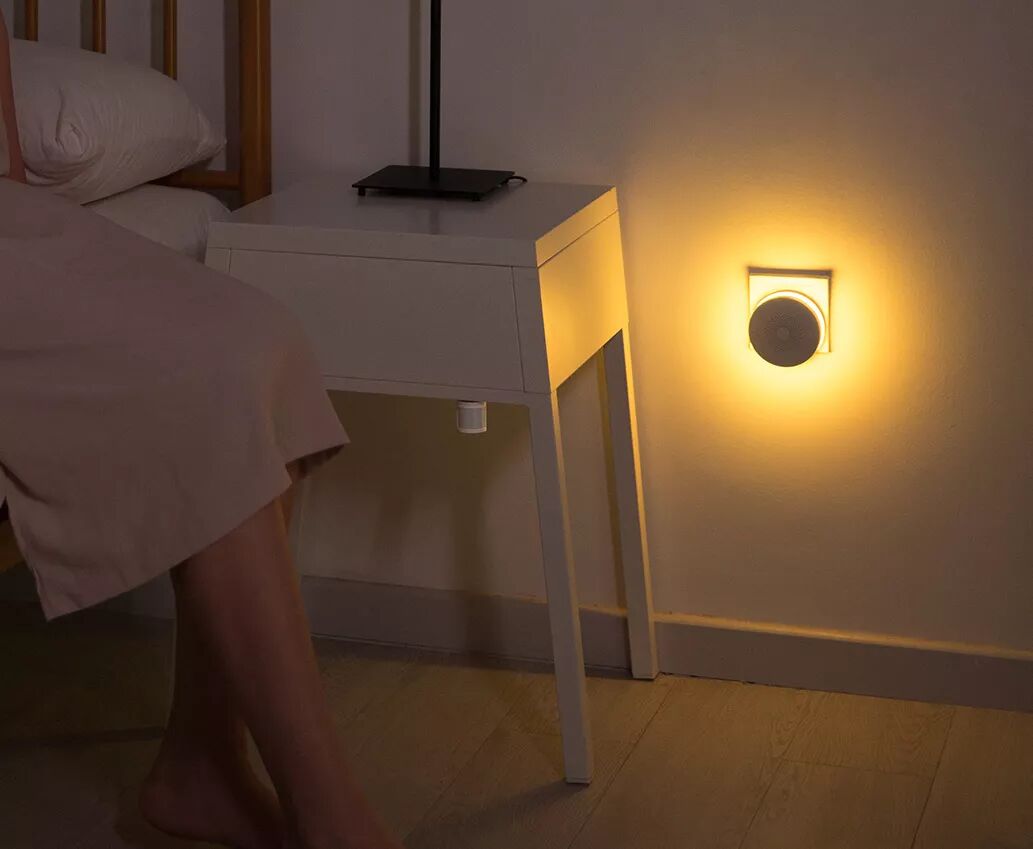
In most scenarios, achieving these functions does not require pulling out your phone; you only need to do simple configurations during the initial installation of the devices, after which they can operate fully automatically or respond accurately to commands from switches.
Next, I will specifically introduce how to configure these scenarios and what devices are needed—of course, along with some personal tips based on my experience.
❷
Getting Started with Smart Home—Gateway
First of all, regardless of what devices you plan to purchase, there is one core component you must have: a smart gateway.
The smart gateway is the control center for almost all Xiaomi devices. It uses the ZigBee protocol to connect all devices and connects to the internet through a router for control, data exchange, and other functions. In simple terms, it is a “mini-router” for smart homes.
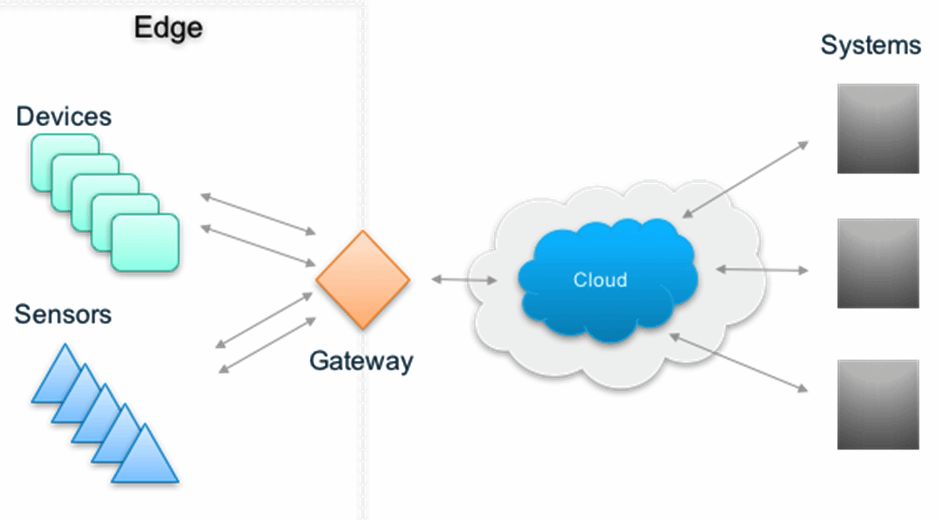
The benefit of this approach is that the “small local area network” under the ZigBee protocol ensures that devices within the gateway can still connect to each other even in the event of a network outage, improving the stability of the smart home system. Additionally, the response speed of devices is generally faster than when connected directly via WiFi.
Currently, there are four devices that can serve as a “smart gateway” available in the Xiaomi store:
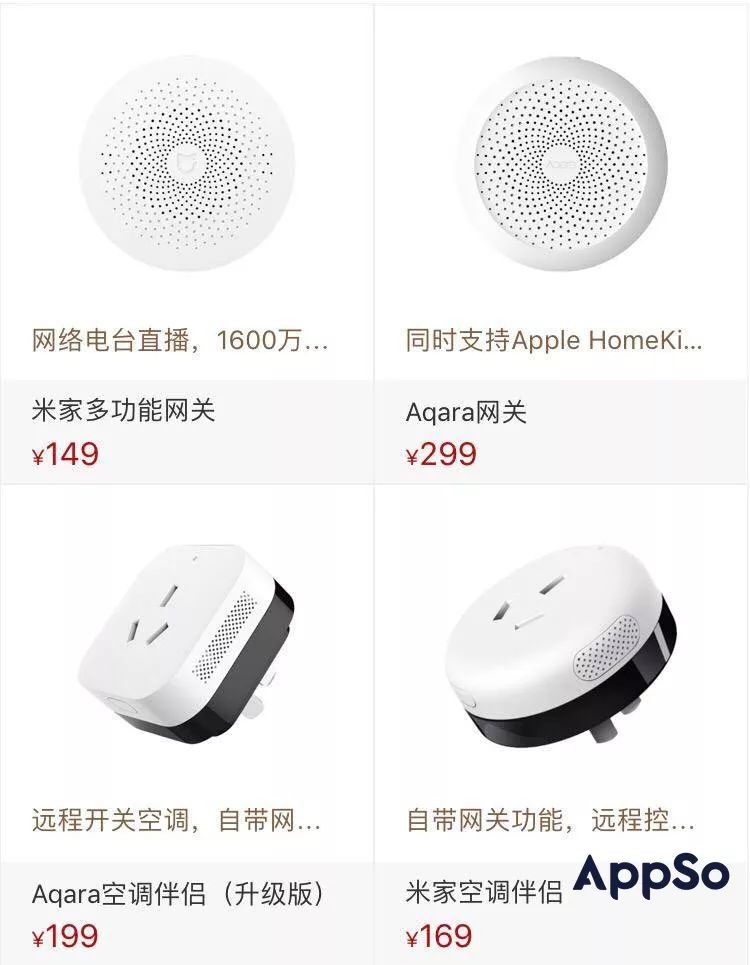
The Xiaomi multifunctional gateway and the Aqara gateway are functionally similar, except that the latter supports HomeKit. Both have night light, radio, and security alarm functions in addition to being gateways.
The Aqara air conditioner companion and the Xiaomi air conditioner companion are functionally identical, with the upgraded version featuring a 16W relay that can control circuit on/off. Compared to the gateway, the air conditioner companion removes the night light feature and adds infrared remote control capabilities, allowing control of air conditioners and other infrared devices (such as tower fans, speakers, etc.).
Therefore, I personally recommend the air conditioner companion. The night light is a non-essential feature; if you really need one, it’s better to buy a separate Xiaomi motion-sensing night light for 49.

Once the gateway is ready, the next step is to acquire various small devices.
❸
Common Smart Home Categories
Including third-party devices, the Xiaomi platform conservatively supports nearly a hundred types of devices—don’t feel overwhelmed; these devices can generally be categorized into the following types:
1. Sensors
Sensor devices mainly collect status information from users’ homes: temperature, humidity, human movement, air composition, door/window status, etc. They are the foundation of what makes a smart home “smart”.
2. Switches
As the name suggests, these control on/off functions. These devices can be installed in the power supply section of traditional appliances, achieving smart functionality without major renovations. Additionally, there are wireless switches and cube switches that manually control other smart devices, primarily to separate simple operations from the mobile app for easier use.
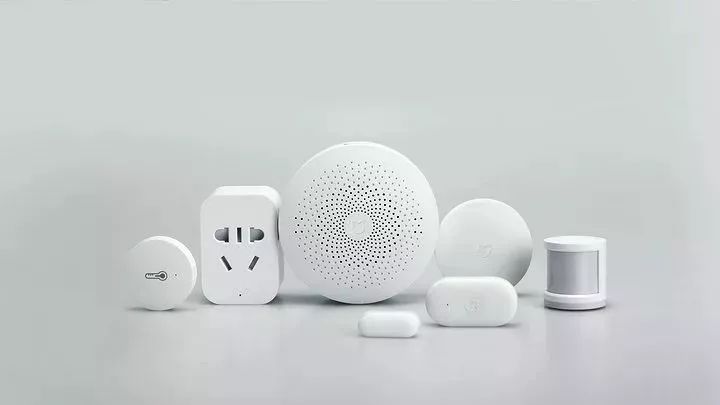
3. Lighting
Xiaomi sells enough lights to open a lighting store… including ceiling lights, table lamps, bulbs, ambient lights, strip lights, night lights, and more. Of course, the common point is that they can all connect to the internet (very few cheap ones cannot). This category of products can achieve the most immediate “smart” effect—just wave your hand and the light turns on, a common scene in old sci-fi movies.
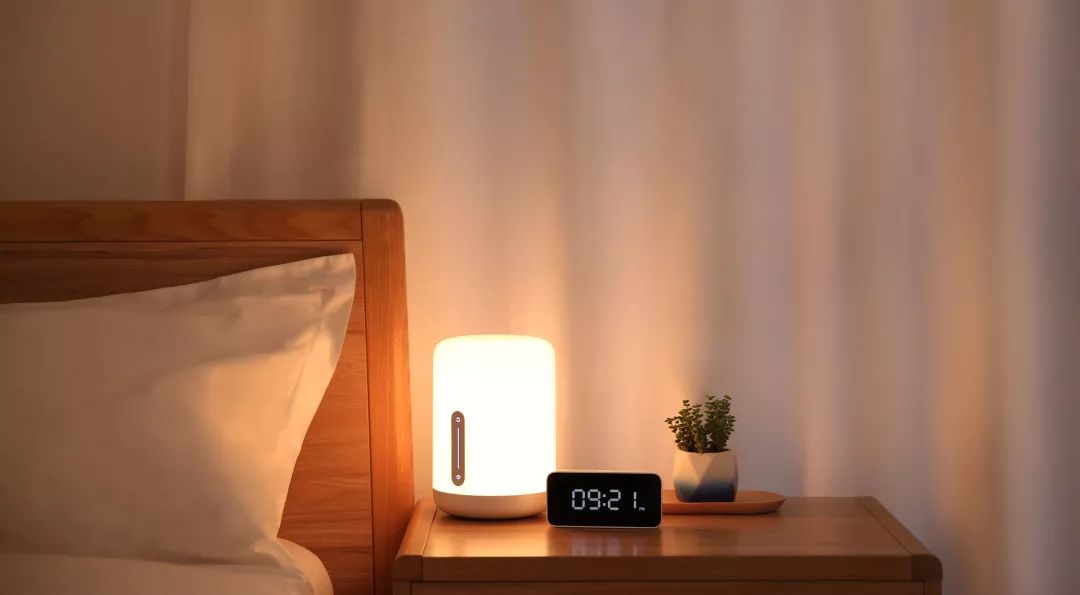
4. Monitoring
This includes a variety of “random” cameras, with differences primarily in whether they can pan or have 360° capabilities. Cameras are not a necessity for smart homes; friends who are concerned about security may consider purchasing them, while those worried about privacy can easily ignore this category.
5. Household Appliances
This involves some small to medium-sized white goods, such as kettles, rice cookers, air purifiers, humidifiers, and water dispensers. Some are made better by being smart, while others are already great without needing to connect to the internet. They can be considered an additional supplement to smart homes.

❹
Shopping List—Which Xiaomi Devices are Worth Buying?
If you are a new player in smart devices, my advice is to take it step by step. There’s no need for major renovations at the beginning; start with some small gadgets and gradually dive in.
Here’s a must-have list for beginners:

These are sufficient to cover daily usage needs.
Additionally, I strongly recommend that every smart home user configure a Xiao Ai speaker—she can voice-control all commands, truly making it a “one-sentence task.”
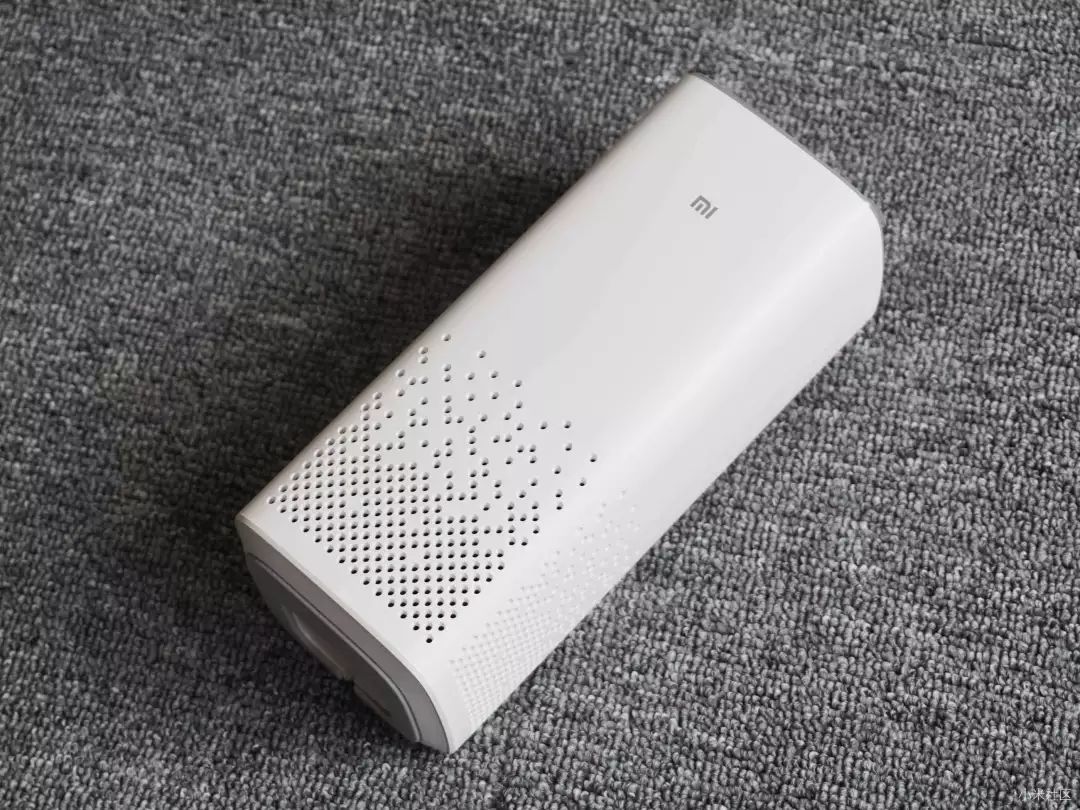
Here’s the structure of the devices I am currently using:
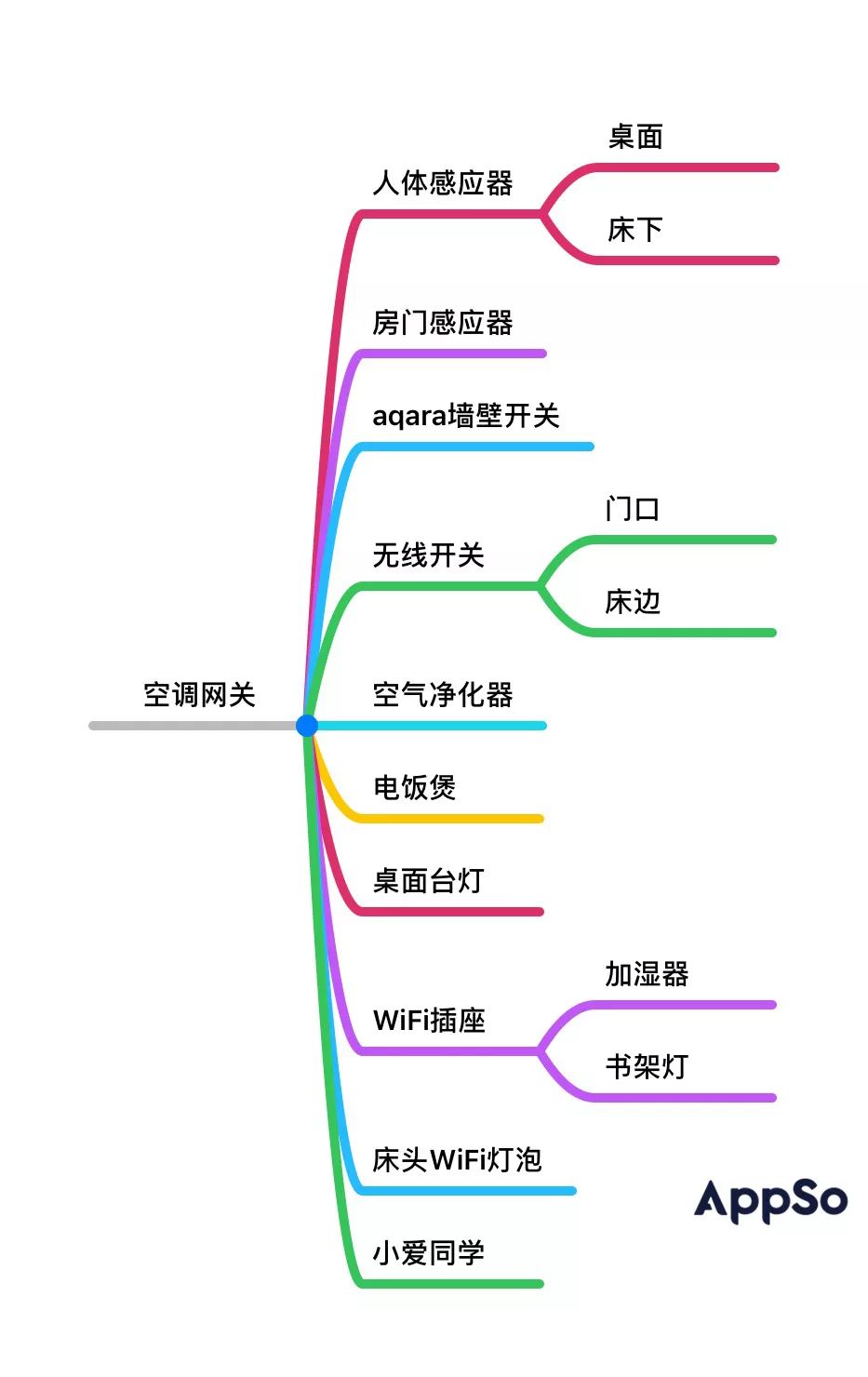
Let’s get started—Configuring Smart Scenes
In the initial stage, there are some considerations to keep in mind:
-
When binding devices for the first time, do not overlook the final naming step, and it’s best to use labels to correspond devices with names. I didn’t pay attention to this until I bought over 20 devices and found it hard to distinguish who was who;
-
Try not to point the motion sensor directly at the bed (to avoid triggering it when turning over in sleep). I personally recommend placing one under the bed and one on the table for height coverage. If the table faces the bed, it can be placed horizontally on the side of the table;
-
For fixed devices like door/window sensors and wireless switches, do not use the included 3M adhesive; I recommend using “invisible glue” readily available on Taobao for installation. This makes it easier to disassemble when moving and avoids disputes with landlords over damage to furniture or walls.
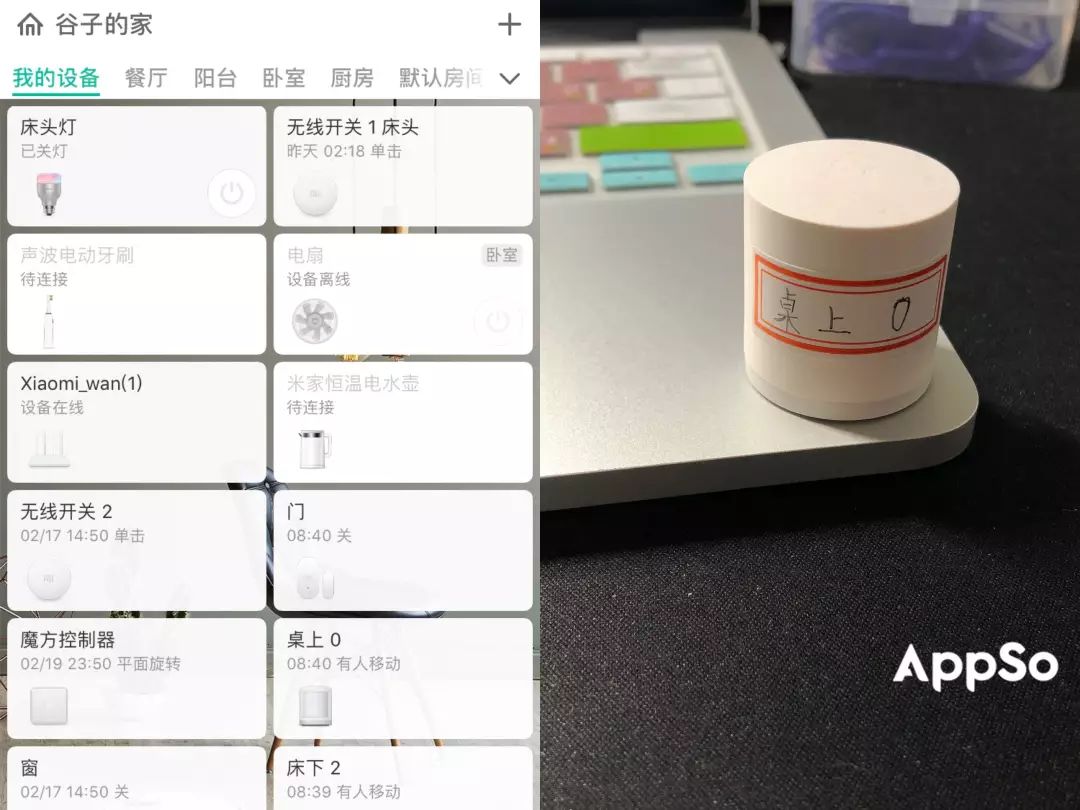
Once all devices are configured, the next step is to set commands one by one.
The scenarios mentioned above are actually composed of specific commands. These commands follow the simplest “if… then…” structure, which can be set in the smart page of the Xiaomi app.
For example, if you want to turn off all the lights in the house by pressing the switch at the door, you would set in the app, “If the switch is pressed, then turn off the bedside lamp, room light, table lamp, and bookshelf light.” The “if” trigger conditions include a variety of types, which can be matched according to needs.

In addition, there are some advanced settings that can make commands more diverse.
[Effective Time Period]: You can specify when this set of smart commands will take effect. For example, you can have the bedside lamp gradually light up at 8 AM from Monday to Friday, waking you up on weekdays without disturbing your sleep on weekends.
[Naming]: You can package a set of commands to be called under different instructions. For example, I packaged the commands “turn off all lights, turn off the air conditioner, turn off the humidifier, and set the air purifier to automatic mode” into a scene called [Away]. Then, you can directly set “press the switch to execute [Away]” or “execute [Away] if no movement is detected for 20 minutes.”
[Any or All Conditions Met]: When there are multiple trigger conditions, you can decide whether to execute the command if any one of them is triggered or only if all are triggered. This function is usually used in scenarios with sensors. For example, in my room, there is one motion sensor on the table and one under the bed; the [Away] scene will only execute if neither detects movement within 30 minutes.
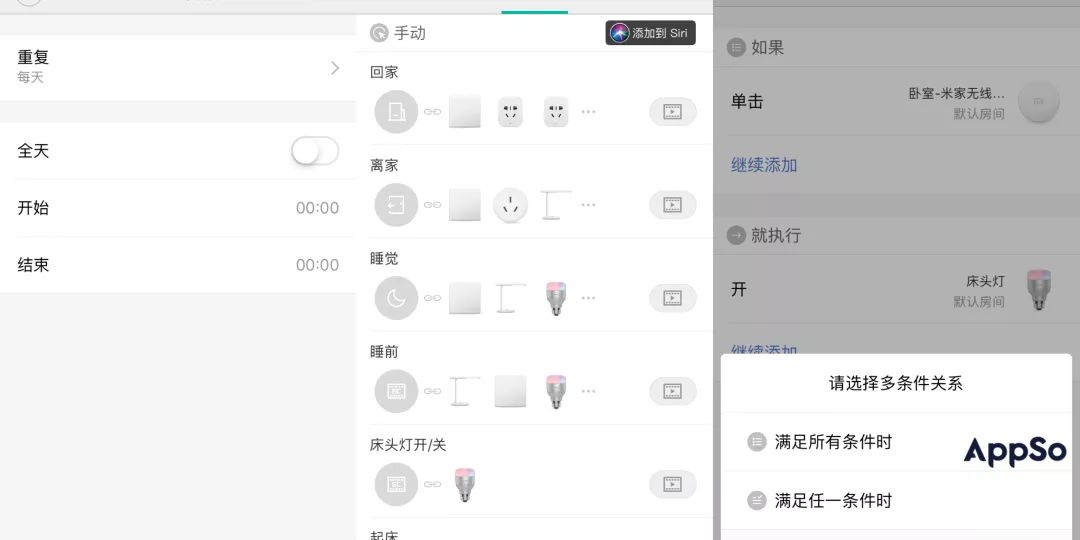
If you encounter any abnormal operation of devices after configuration, you can check the logs page to view the operation logs of each device, identify the problem, and make corrections. After a period of adjustment, you will find the scene settings that suit you best.
Of course, the app also includes a series of recommended usage scenarios; if you don’t want to set them manually, you can directly import the official recommended scenes.
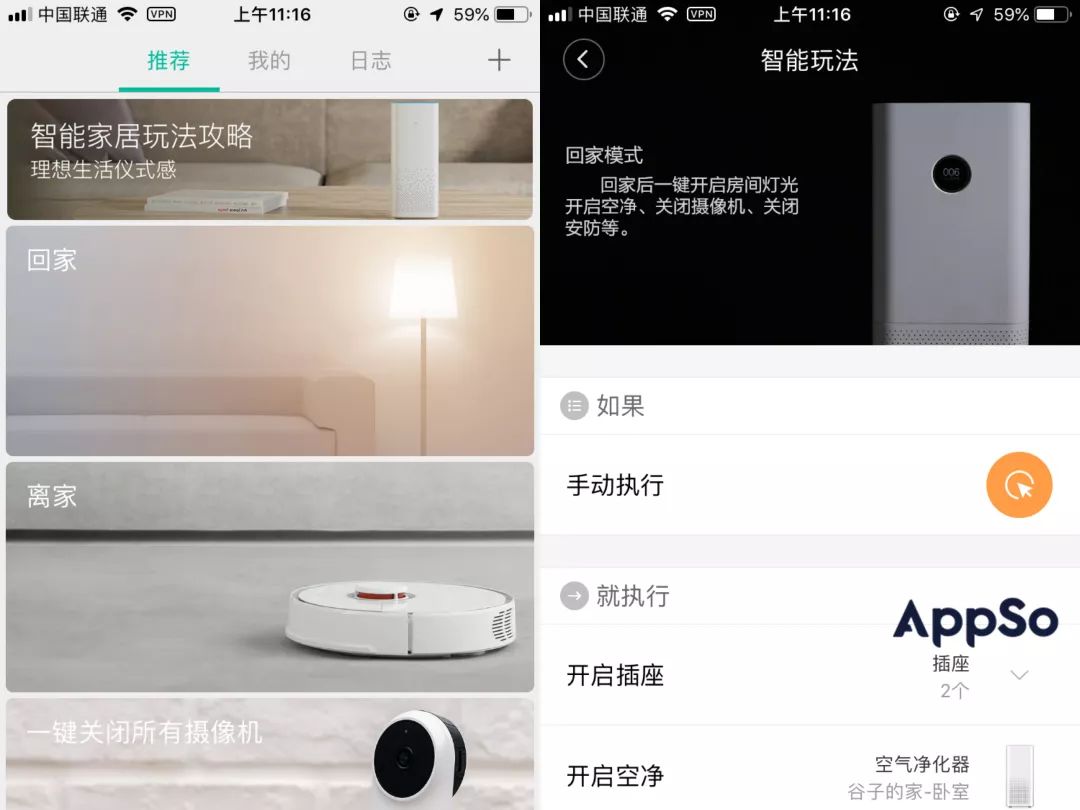
❺
Final Thoughts
Xiaomi’s system is far from being truly intelligent. As mentioned above, in many scenarios, it can at best replace the function of a person turning on lights and adjusting appliances—essentially a combination of switches, sensors, and small appliances with networking capabilities. Moreover, in scenarios like motion detection and door/window status, it cannot distinguish between multiple users—this is why this article specifically notes “for single renters.”
However, even such simple modifications have significantly enhanced my sense of happiness. Several weekends, when I collapsed in bed, the motion sensor quietly turned off all the lights; and once, when I went out to play, my phone notified me that the door was not securely closed, prompting me to rush back home just before stepping onto the subway platform.
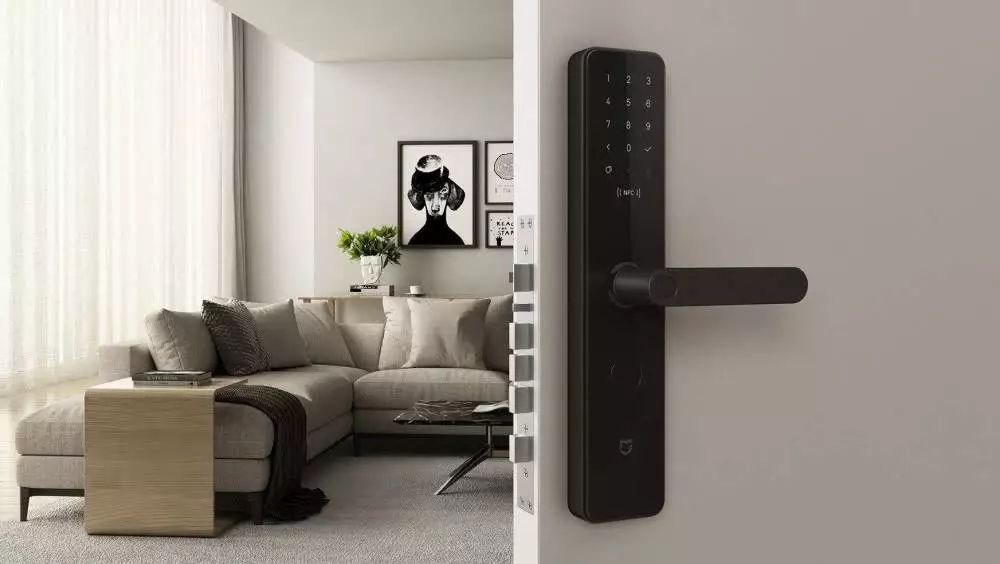
Overall, in terms of price, ease of use, and variety, Xiaomi has achieved the best balance at this stage. If you also want to make your life a bit more convenient, Xiaomi smart home is indeed an excellent choice.
This article is authored by Wan Gu Yue, first published on the public account “Aifan” (ID: ifanr), a professional media outlet focusing on cutting-edge technology. Feel free to scan the QR code below to follow.





